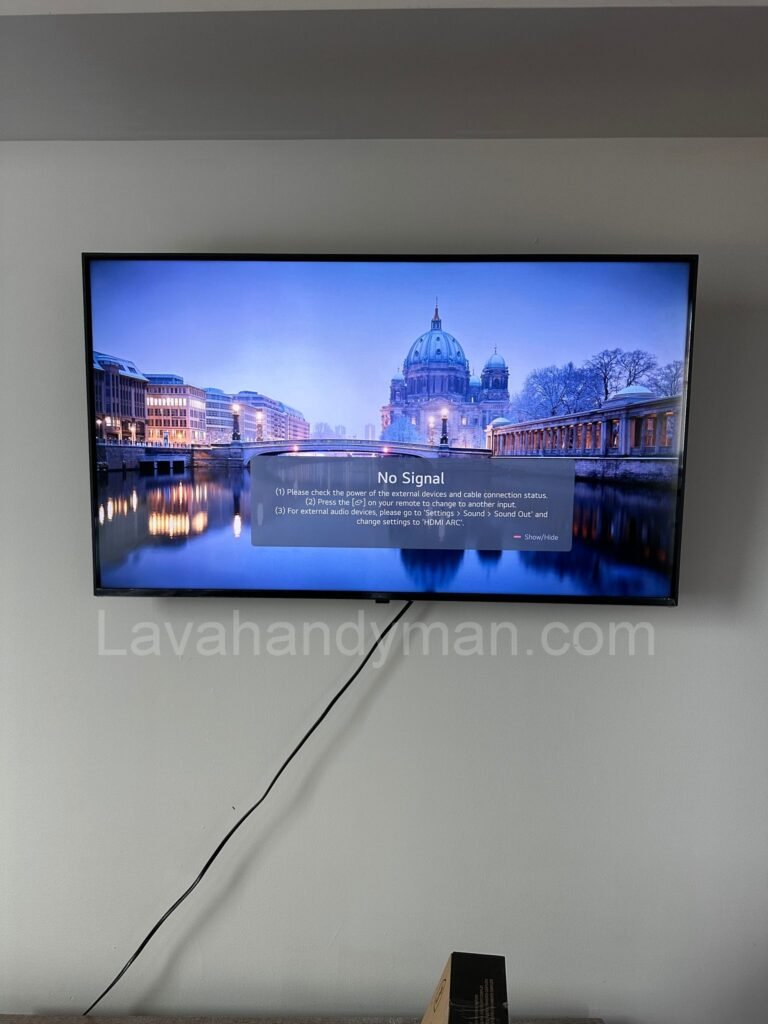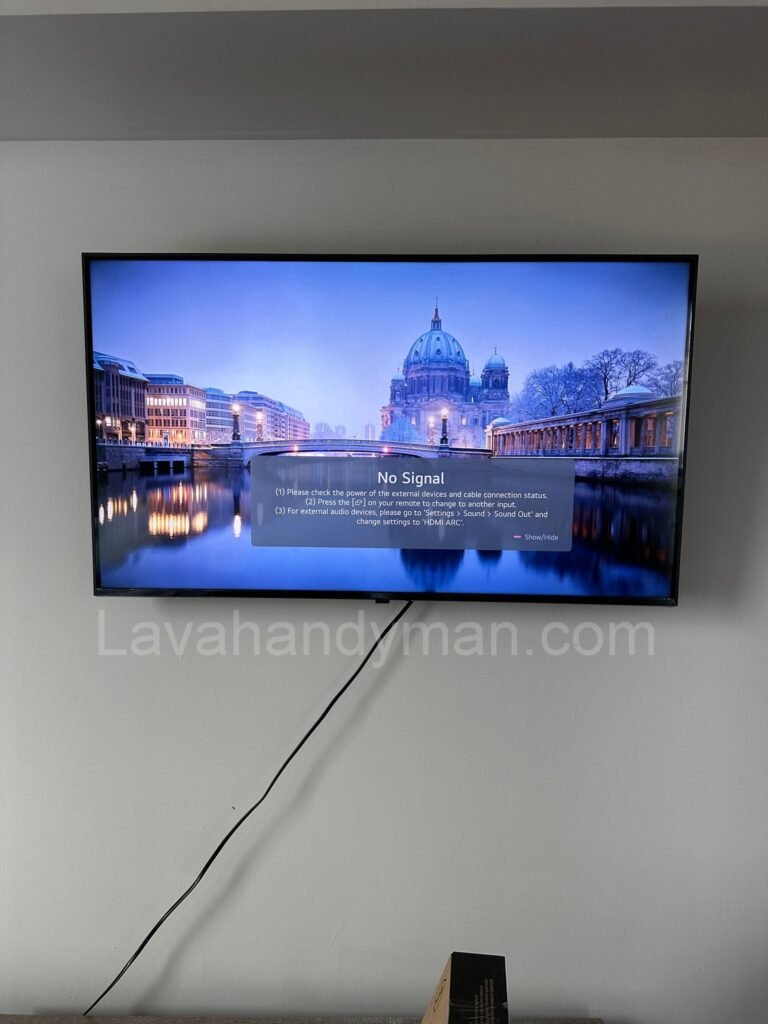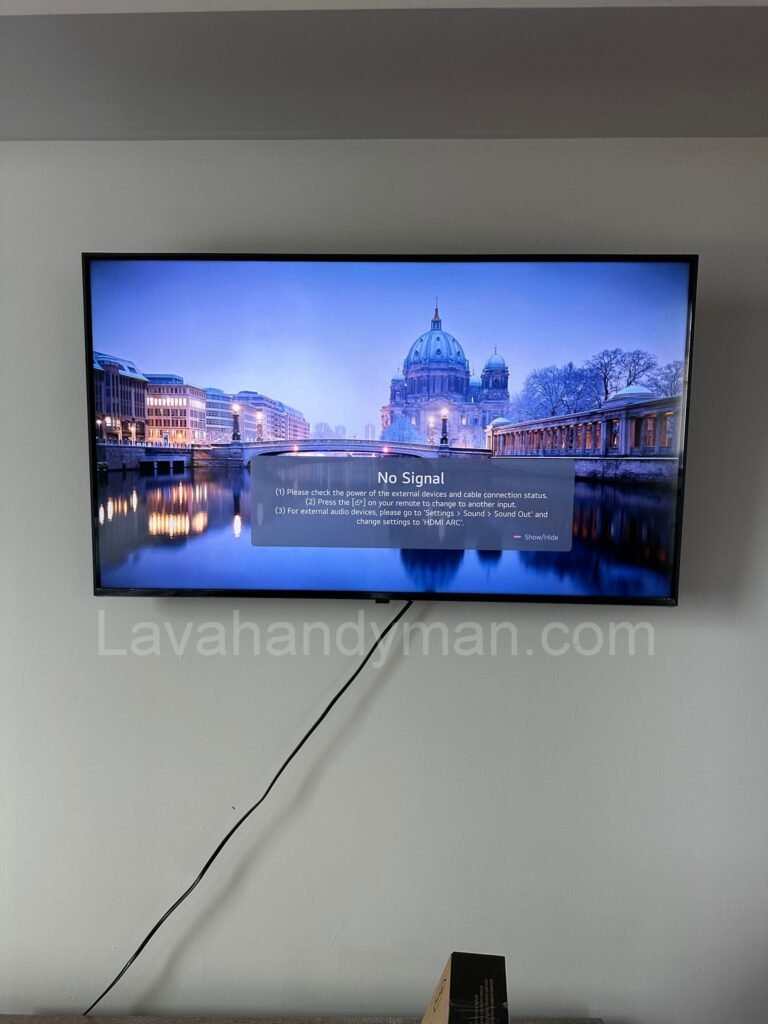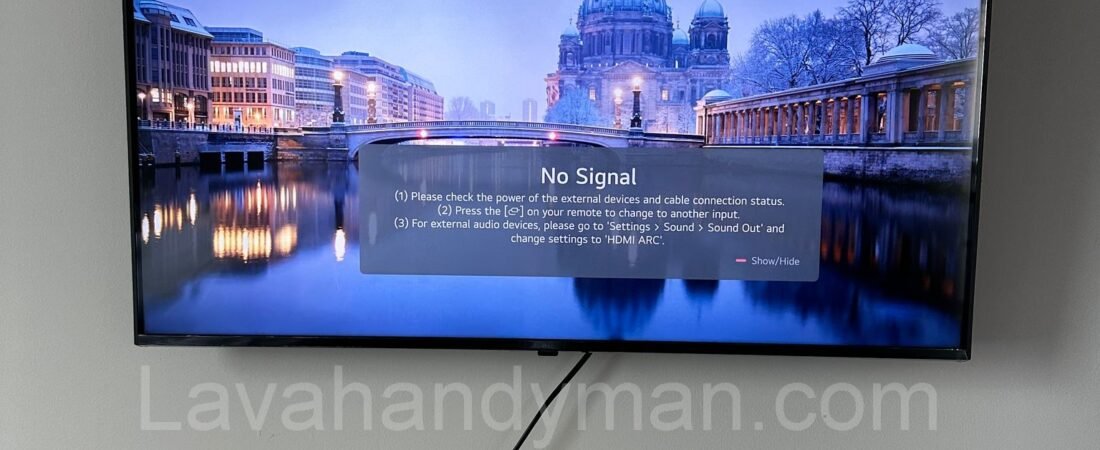Long-Term Effects of Burn-in in OLED Panels and Compensation Circuit Design
OLED panels have become the standard in high-end smartphones, TVs, and wearable devices due to their superior display quality and energy efficiency. However, one of the most persistent issues with this technology is the phenomenon known as Burn-in, which gradually reduces image quality and panel lifespan. This article explores the long-term effects of OLED Burn-in and examines compensation circuit design strategies to mitigate its impact.
Long-Term Effects of Burn-in in OLED Panels and Compensation Circuit Design
What Is OLED Burn-in?
Burn-in refers to the permanent retention of static images on the screen, causing visible ghosting or discoloration. In OLED displays, each pixel emits its own light and can degrade over time, especially when displaying static content for extended periods.
Causes of OLED Burn-in
- Prolonged display of static images (e.g., logos or UI elements)
- Blue subpixels degrade faster than red or green
- High brightness settings and heat
- Inefficient driving circuitry

Long-Term Effects of Burn-in in OLED Panels and Compensation Circuit Design
Long-Term Effects of Burn-in in OLED Displays
- Luminance non-uniformity: Brightness inconsistencies across the screen
- Color shift: Noticeable changes in color accuracy
- Ghost images: Faint residual images remain permanently
- Overall performance degradation: Reduced user satisfaction and device longevity
These issues are particularly problematic in premium electronics where display quality is critical.
🔍 Comparison: OLED vs Other Display Technologies in Burn-in Susceptibility
While OLED panels offer excellent contrast ratios, deep blacks, and thin form factors, their susceptibility to burn-in is higher than other mainstream display technologies.
| Technology | Burn-in Risk | Lifespan | Notes |
|---|---|---|---|
| OLED | High | 20,000–40,000 hrs | Needs compensation & cooling |
| LCD (LED) | Very Low | 50,000+ hrs | No self-emissive pixels |
| Mini-LED | Low | 50,000+ hrs | Backlit; less risk |
| MicroLED | Very Low | 100,000+ hrs | In development; very durable |
| Plasma (legacy) | High | 20,000–30,000 hrs | Similar aging to OLED |
OLED’s self-emissive nature is both its strength and weakness: while it allows perfect blacks, it also means each pixel ages individually—unlike LCDs where backlight is shared.
🧪 Technical Breakdown: Why OLED Materials Degrade
Each OLED pixel contains organic compounds that emit light when electrical current is applied. Over time, photo-oxidation, thermal stress, and electromigration degrade these organic layers, particularly:
- Blue subpixels, which require more energy to achieve the same luminance, degrade faster
- Cathode oxidation can reduce charge injection efficiency
- Charge trapping in the emissive layer affects consistency and response time
A typical aging curve shows logarithmic brightness decay with usage time. Manufacturers model this mathematically using Weibull distribution or Arrhenius equations to predict pixel lifespan under various usage scenarios.
🏭 Factory-Level Burn-in Testing and Calibration
To ensure long-term reliability, OLED manufacturers perform accelerated aging tests in controlled environments. These include:
- High-temperature/high-brightness stress tests (e.g., 1000 nits at 85°C)
- Uniform white pattern display over thousands of hours
- Time-lapse imaging and photometric scans to detect early luminance variation
Panels are then calibrated before shipment. Some brands implement initial uniformity compensation, where known weak pixels are pre-adjusted via current injection to match the rest of the panel.
🧠 AI-Driven Adaptive Compensation: The Next Leap
With the advent of AI in hardware, future OLED drivers may:
- Collect real-time usage data across millions of devices
- Adjust compensation logic through firmware updates
- Train neural models for predictive pixel aging
Such cloud-assisted compensation systems could extend OLED panel life significantly and reduce warranty costs for manufacturers.
✅ Best Practices for Users to Avoid Burn-in
While technology continues to evolve, users can adopt simple habits to minimize OLED degradation:
Update firmware regularly to benefit from new compensation features
Enable Auto-Brightness and Screen Timeout
Avoid displaying static content (e.g., maps, dashboards) for long durations
Use dark themes and screen savers
Software-Based Burn-in Mitigation Techniques
1. Pixel Shifting
One of the most effective anti-burn-in strategies involves subtle shifts in the displayed image to distribute wear evenly across pixels.
2. Dark Mode
Using darker themes in the UI reduces the number of active pixels and lowers power consumption and degradation.
3. Smart Screen Savers
Dynamic screen savers help avoid prolonged exposure to static content and refresh pixel usage.
Long-Term Effects of Burn-in in OLED Panels and Compensation Circuit Design
Hardware-Based Burn-in Compensation Circuitry
1. Pixel Calibration Circuits
Circuits that monitor and adjust the light output of each pixel in real time can compensate for aging and brightness loss.
2. Pixel Usage History Storage
Integrated memory tracks each pixel’s brightness and usage time, allowing accurate adjustments to current flow and intensity.
3. Machine Learning Algorithms
AI-based systems can analyze user behavior and content patterns to predict potential burn-in risks and apply preventive measures.
Real-World Examples of OLED Burn-in Compensation
- Samsung Galaxy and iPhone models use pixel shifting and software-level controls to mitigate burn-in.
- OLED TVs from LG and Sony feature color compensation algorithms and hardware calibration.
- Smartwatches like the Apple Watch rely on internal compensation logic to manage OLED degradation effectively.
Advanced Hardware Design Techniques for OLED Burn-in Compensation
To address the complexity of pixel aging in OLED panels, hardware engineers have developed increasingly sophisticated compensation mechanisms, especially in high-resolution and large-format displays like 4K TVs and foldable smartphones.
1. Per-Pixel Compensation Logic
Modern OLED drivers integrate per-pixel compensation circuits, which store and manage individual aging data using embedded memory cells. Each subpixel (R, G, B) has unique degradation behavior, particularly blue pixels, which require stronger correction due to shorter organic material lifespan.
These circuits typically include:
- Current sensors that detect the actual luminance of a pixel
- Analog-to-digital converters (ADCs) to digitize luminance data
- On-chip lookup tables (LUTs) that adjust driving current based on accumulated wear
This real-time feedback loop enables dynamic compensation that adapts with usage patterns.

2. Temperature and Voltage Sensors
Thermal stress accelerates OLED degradation. Therefore, on-panel temperature sensors are used to modulate driving current under high-load or hot conditions. Additionally, supply voltage monitors help ensure uniform performance across the panel, especially in edge-lit configurations or foldable devices.
3. Time-Multiplexed Compensation Algorithms
To save space and reduce complexity, some manufacturers employ time-multiplexed compensation, where calibration circuits are shared among pixel groups and activated sequentially. While slightly less precise, this approach significantly lowers circuit overhead and power consumption.
OLED Burn-in in Modern Devices: Case Studies
LG OLED TVs
LG’s OLED TVs use automatic pixel refresher systems that activate when the TV is idle or turned off. This process slightly adjusts the voltage of worn-out pixels to re-balance brightness levels across the panel. LG also includes logo luminance adjustment, which detects static logos (e.g., news tickers) and subtly dims them over time.
Samsung Galaxy Devices
Samsung uses a combination of software-based image rotation, UI design optimization, and color-shift-aware display drivers. In One UI, for example, navigation buttons and icons shift positions subtly to distribute stress. Some devices also include burn-in protection calibration menus in developer settings.
Apple Devices
Apple iPhones and Apple Watch leverage a hybrid compensation system. OLED panels are paired with a powerful image signal processor (ISP) and motion coprocessor that track screen content, motion, and brightness levels to adjust pixel drive levels. These devices often run background burn-in mitigation tasks overnight.
Future Directions in OLED Burn-in Prevention
As display resolutions increase (e.g., 8K, AR/VR headsets), the need for AI-powered pixel life prediction models becomes critical. Future OLED drivers may incorporate neural processing units (NPUs) that dynamically learn user behavior and content types to proactively adjust driving strategies.
Other emerging strategies include:
Adaptive UI design via OS-level APIs that help app developers avoid burn-in-sensitive layouts
Tandem OLED stacks: Using two or more OLED layers to share brightness load, extending lifespan
MicroLED hybridization: Combining OLED with MicroLED zones for static content
Conclusion: How to Manage Burn-in in OLED Panels
OLED Burn-in remains a significant challenge, but a combination of intelligent compensation circuits, software algorithms, and thoughtful content design can effectively prolong display lifespan. Leading manufacturers integrate these multi-layered solutions to ensure consistent performance and improved user experience over time.
At LavaHandyman.com, we don’t just help you understand TV tech — we also offer expert TV installation services, making sure your home entertainment setup looks and performs at its best.
📞 Need Help?
Let us take care of the hard work while you sit back and relax.
📍 Serving: Austin, Round Rock, Cedar Park & more
📱 Call or Text: (737) 420-6992
🌐 Visit: https://lavahandyman.com


